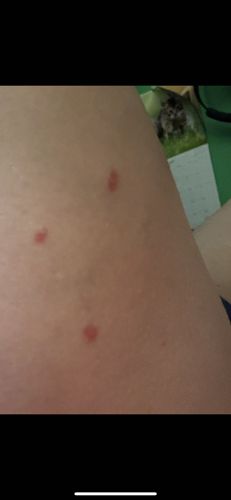Mosquito
Scientific Name: Culicidae
Order & Family: Diptera, Culicidae
Size: Typically 3 to 9 mm (0.12 to 0.35 inches) in length.

Natural Habitat
Mosquitoes are found worldwide in various habitats, especially near standing water sources such as ponds, swamps, marshes, ditches, and even small containers of water like flower pots, old tires, and bird baths, as these are essential for their larval development.
Diet & Feeding
Adult female mosquitoes feed on blood to obtain protein for egg production, biting humans and other animals. Both male and female mosquitoes also feed on plant nectar and other sugar sources for energy.
Behavior Patterns
Mosquitoes are most active during dawn and dusk. They are attracted to carbon dioxide, body heat, and certain chemicals released by hosts. They undergo a complete metamorphosis with four life stages: egg, larva, pupa (all aquatic), and adult (terrestrial and aerial). Females lay eggs usually on or near water.
Risks & Benefits
Potential Risks: Mosquitoes are significant vectors for numerous diseases worldwide, including malaria, dengue fever, Zika virus, West Nile virus, chikungunya, and yellow fever. Their bites cause itchy welts and can lead to secondary skin infections from scratching. Potential Benefits: In their larval stage, they can be a food source for aquatic animals like fish and amphibians. Adult mosquitoes, though a nuisance, can serve as pollinators for certain plants.
Identified on: 9/6/2025